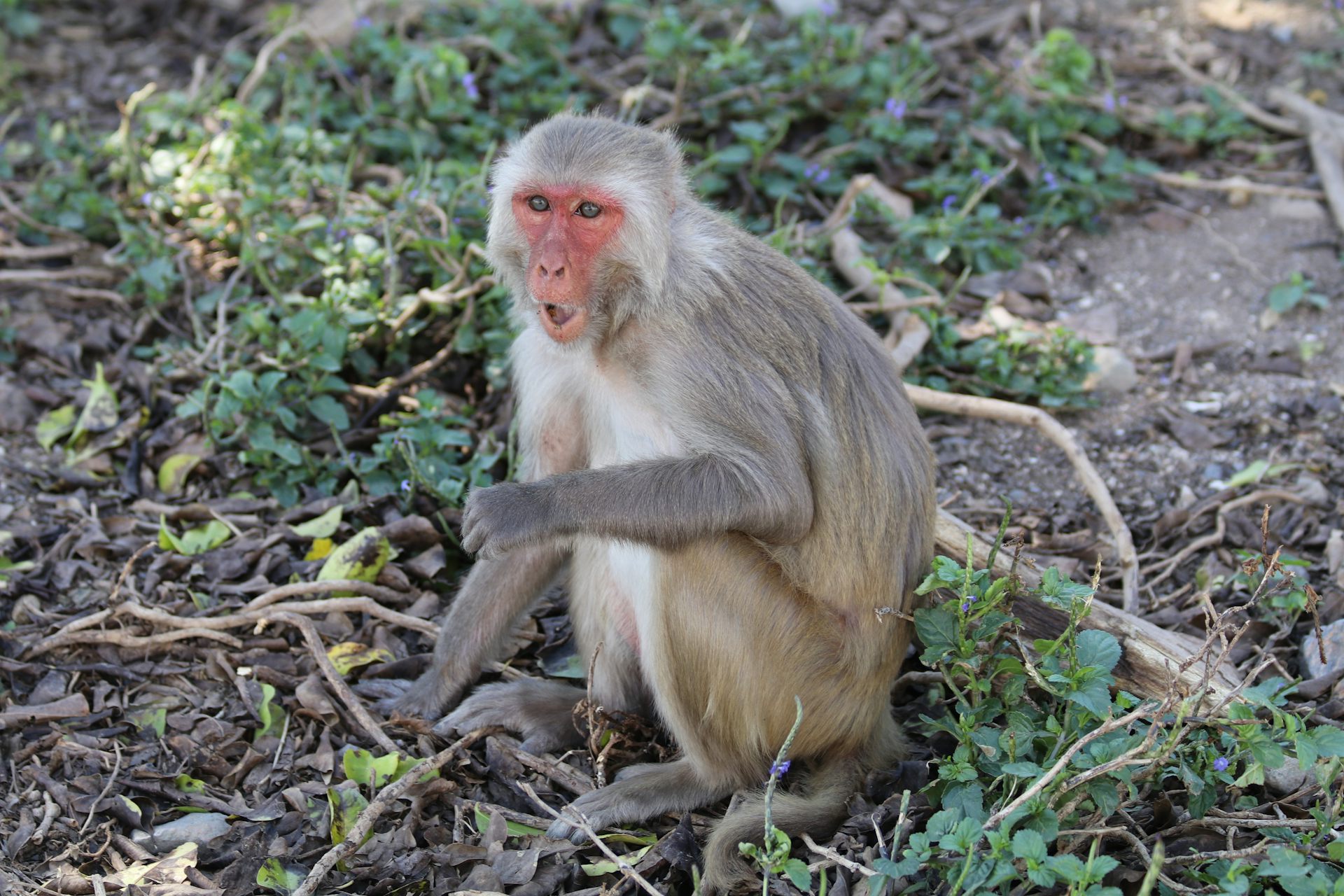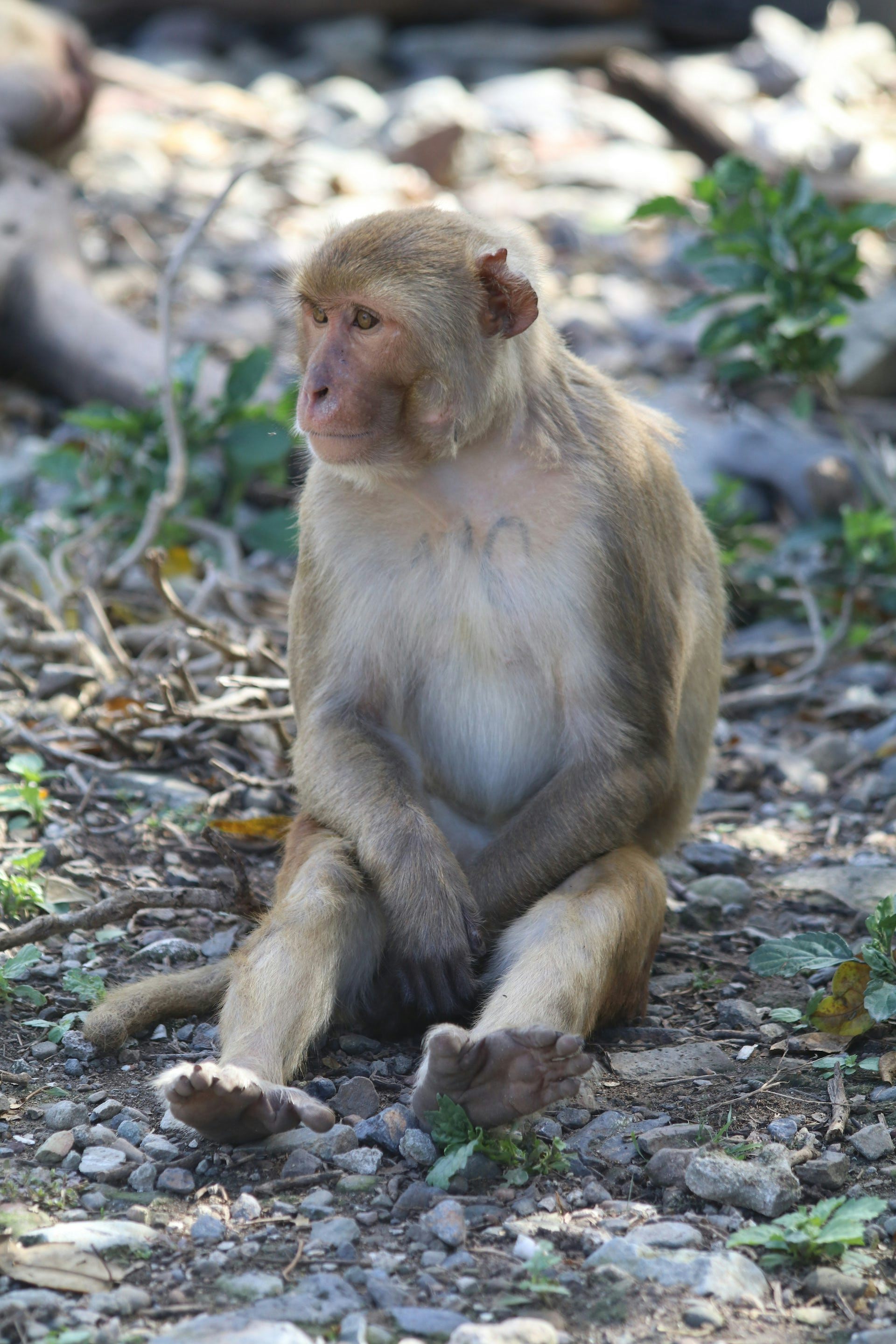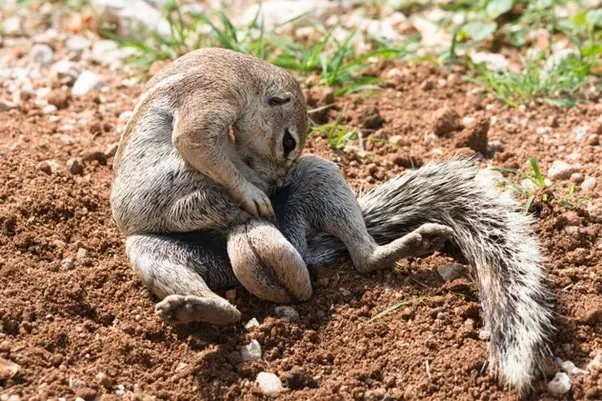Slideshow code developed in collaboration with ChatGPT3 at https://chat.openai.com/
Why we’re searching for the evolutionary origins of masturbation – and the results so far
Far from being created separately, without ancestors and then all being descended from 8 survivors of a global genocide, as creationists believe, there is a growing body of scientific evidence that humans are not only part of the large tree of life but evolved from a common ancestor.
And, no doubt to the embarrassment of smugly sanctimonious theists who believe that masturbation is wrong, although they almost certainly indulge in it in private (and of course, many religious clerics also indulge in it with the child victims, while condemning those who do it without a victim as 'sinners') there is now evidence that masturbation is a natural, evolved activity, common to many other animals, and probably has some evolutionary benefits.
Creationists might like to ignore or wave aside the evidence that the scientists who investigated it had no doubts that the Theory of Evolution is the perfect model for explaining the observable evidence, as usual, and also that they regard it as evidence of common origin for the primates, including humans.
These findings come from the work of a team led by Dr. Matilda Brindle, of the Department of Anthropology, University College London (UCL), London, UK and The Institute of Zoology, Zoological Society of London, Regent's Park, London, UK.
We discovered that masturbation is an ancient behaviour within primates, and concluded that the ancestor of all monkeys and apes, including humans, probably masturbated. It’s unlikely masturbation is a habit that different species of monkeys and apes have picked up along the way.
Dr. Matilda Brindle
Dr Brindle has written about her group's work in The Conversation. Her article is reprinted here under a Creative Commons license, reformatted for stylistic consistency:

Why we’re searching for the evolutionary origins of masturbation – and the results so far

This female rhesus macaque seems surprised at the idea not everyone thinks masturbation is natural.
Source: Matilda Brindle, Author provided
Matilda Brindle, UCL
“Spanking the monkey”, “petting the poodle” and “pulling the python”: all fitting euphemisms for masturbation, and closer to the truth than you might imagine. Self-pleasure is common across the animal kingdom: from dogs humping unwitting teddy bears to dolphins thrusting their penises into decapitated fish (yes, really), animal masturbation is a raucous affair.
In my team’s new paper, my colleagues and I tested the hypotheses that primate masturbation could increase reproductive success and help avoid sexually transmitted infections (STIs).
We focused our research on primates (the group of animals humans belong to) because, if there were a prize for the most inventive onanists in the animal kingdom, they would win.
Young chimpanzees fashion DIY sex toys from bits of chewed-up fruit. Female Sulawesi crested macaques slap their rumps while repeatedly inserting their fingers into their vaginas. In one study, captive male chacma baboons masturbated while ogling females sporting large prosthetic bottoms, attached by researchers to replicate the natural swellings females develop when at their most fertile.

Female chacma baboons develop sexual swellings, like the female in this picture of hamadryas baboons.
Source: Prashanth Bala/Shutterstock
In evolutionary terms, masturbation is a puzzler because, by definition, it excludes reproductive partners and it’s hard to think of a scenario in which masturbating could aid survival. Many people have dismissed it as an abnormal and deviant behaviour, or a byproduct of sexual arousal. And masturbation can be costly in terms of both time and energy.
Mapping masturbation across the primate order
My colleagues and I started by compiling a “who’s who” of masturbators across the primate order. We collated every detail we could find from published research, and supplemented this with questionnaires dutifully filled out by accommodating, if slightly bewildered, colleagues who are experienced working with primates.

Rhesus macaques often masturbate several times a day during the mating season.
Source: Matilda Brindle
For some analyses, we added information on other traits, such as their mating system and whether the species typically had a high exposure to STIs.
It turns out that masturbation occurs in all age groups, in both females and males, in the wild and in captivity. We discovered that masturbation is an ancient behaviour within primates, and concluded that the ancestor of all monkeys and apes, including humans, probably masturbated. It’s unlikely masturbation is a habit that different species of monkeys and apes have picked up along the way.
Can masturbation increase reproductive success?
Previous research has shown that marine iguanas have an ingenious secret. Bigger males monopolise females, physically separating small males from their partner if they spot them copulating. To get around this, small males masturbate and store their ejaculate in a special pouch at the tip of their penis. Next time there’s an opportunity to mate, they quickly deposit their pre-prepared ejaculate. Amazingly, this method improves small males’ fertilisation success by 41%.
Primates don’t have a special pouch for storing semen, but getting aroused before sex is still a good strategy for low-ranking males, as they are likely to be interrupted by those at the top of the pecking order. Hovering close to orgasm means they can ejaculate faster if they do get the opportunity to mate, before making a speedy exit.
Male masturbation can also keep sperm fighting fit, since ejaculation allows males to replenish their semen with fresh, high-quality sperm that are more likely to outcompete those of other males.
Our study found support for the theory that masturbation increases male – but not female – reproductive success. Mating systems with lots of competition between males have coevolved with masturbation across the course of evolution.
Previous studies have showed that arousal in females increases vaginal pH, creating a more welcoming environment for sperm, while vaginal mucus filters out inferior sperm and fast-tracks high-quality semen towards the uterus. Orgasmic contractions can also help sperm on their journey.
Masturbation as a means of genital grooming
Male Cape ground squirrels masturbate after they’ve had sex – and the more partners they have, the more they do it. If their partner has had a lot of previous sex, they masturbate even more.
It’s thought that, among males, this practice of ejaculating via masturbation after sex is a form of genital cleansing. It’s unlikely that female masturbation evolved for STI prevention, though, because the higher vaginal pH associated with arousal is more hospitable for pathogens as well as sperm.
Our research supports the hypothesis that masturbation can be a pathogen avoidance strategy in males, having coevolved with higher risk of STIs. And in species with a high risk of contracting an STI, once masturbation evolved it was maintained.
So what about females?
At first glance, our data seems to suggest that female masturbation is less prevalent than its male counterpart. We didn’t find evidence for an evolutionary function of female masturbation.
However, I’m not convinced these results reflect what’s really going on. This is in part because female arousal and masturbation are often far less obvious than in males. But it also reflects a broader trend in the sciences – a shocking lack of information on female sexual behaviour and anatomy.
In the past, females have been pushed to the side in favour of research on males, which has the benefit of a back-catalogue of previous scientific effort. We set out to explore the evolution of masturbation in both females and males, but our analyses of females were hampered because we couldn’t collect as much data.
Our research highlights how masturbation is a normal part of the behavioural repertoire of many different species – both in females and males, in the wild and in captivity. Those who condemn masturbation as unnatural or wrong should have a look at our primate cousins, and take a walk on the wild side.
Matilda Brindle, Associate Researcher, Department of Anthropology, UCL
This article is republished from The Conversation under a Creative Commons license. Read the original article.
In the abstract to their open access paper, published in Procedings of the Royal Society B: Biological Science, the team of scientists say:
AbstractCreationists need to explain why their putative designer designed humans to look like they shared a common ancestry with the other apes and several non-apes, all of which are 'designed' to masturbate, and then forbade it despite the undoubted benefits which this research group have shown.
Masturbation occurs throughout the animal kingdom. At first glance, however, the fitness benefits of this self-directed behaviour are unclear. Regardless, several drivers have been proposed. Non-functional hypotheses posit that masturbation is either a pathology, or a byproduct of high underlying sexual arousal, whereas functional hypotheses argue an adaptive benefit. The Postcopulatory Selection Hypothesis states that masturbation aids the chances of fertilization, while the Pathogen Avoidance Hypothesis states that masturbation helps reduce host infection by flushing pathogens from the genital tract. Here, we present comprehensive new data documenting masturbation across the primate order and use these, in conjunction with phylogenetic comparative methods, to reconstruct the evolutionary pathways and correlates of masturbation. We find that masturbation is an ancient trait within the primate order, becoming a more common aspect of the haplorrhine behavioural repertoire after the split from tarsiers. Our analyses provide support for both the Postcopulatory Selection and Pathogen Avoidance Hypotheses in male primates, suggesting that masturbation may be an adaptive trait, functioning at a macroevolutionary scale.
Brindle, Matilda; Ferguson-Gow, Henry; Williamson, Joseph; Thomsen, Ruth; Sommer, Volker
The evolution of masturbation is associated with postcopulatory selection and pathogen avoidance in primates
Proceedings of the Royal Society B: Biological Sciences, 290, 2000. DOI: 10.1098/rspb.2023.0061.
Copyright: © 2023 The authors.
Published by The Royal Society. Open access.
Reprinted under a Creative Commons Attribution 4.0 International license (CC BY 4.0)
But then that's the least of their concerns which this article should have raised for them, such as the fact that the scientists are in no doubt about the Theory of Evolution being the basis for understanding why humans and other animals behave the way they do, and how common behaviour indicates common ancestry.
But I doubt any creationist will have the courage to try for a rational explanation for why their beliefs are constantly being refuted by the evidence as science reveals it.


No comments:
Post a Comment
Obscene, threatening or obnoxious messages, preaching, abuse and spam will be removed, as will anything by known Internet trolls and stalkers, by known sock-puppet accounts and anything not connected with the post,
A claim made without evidence can be dismissed without evidence. Remember: your opinion is not an established fact unless corroborated.